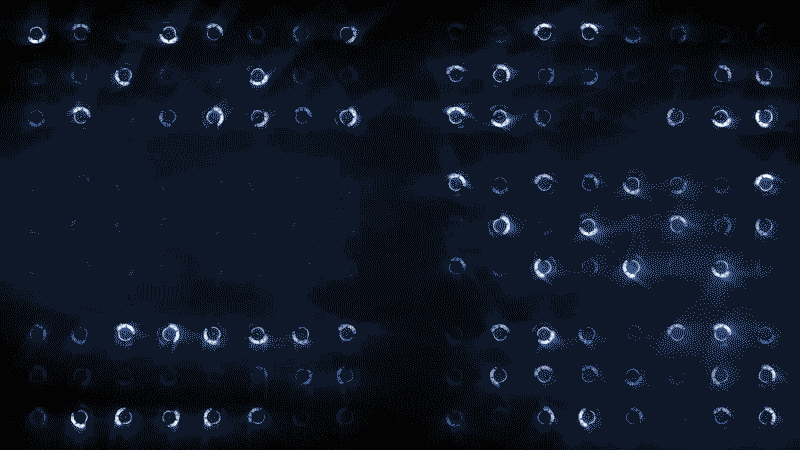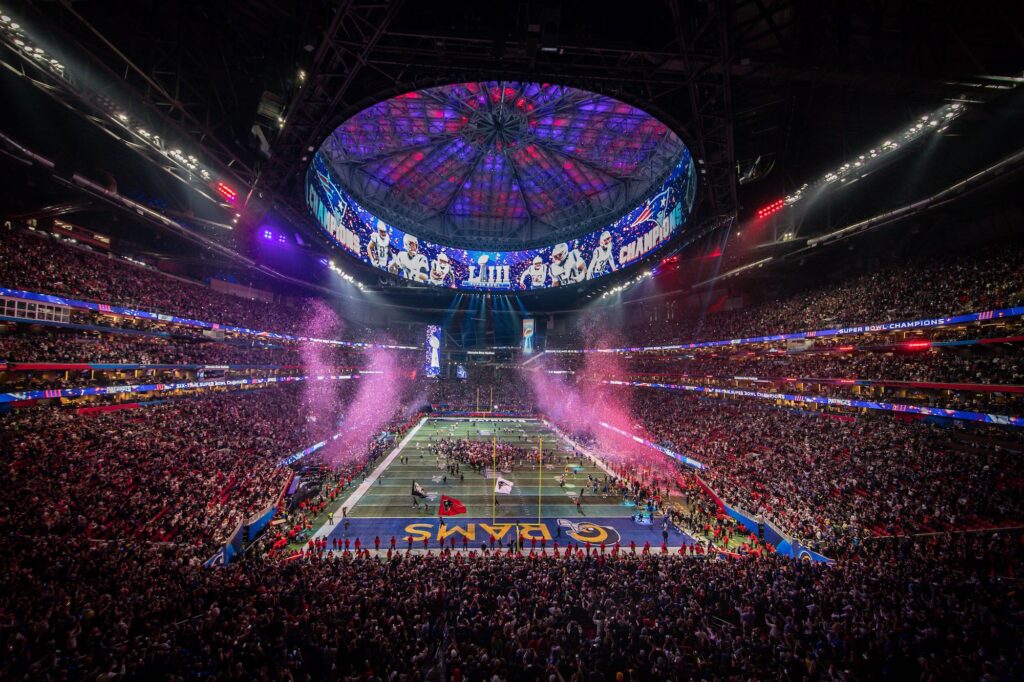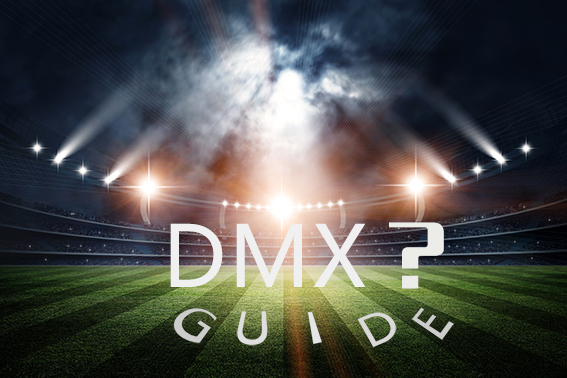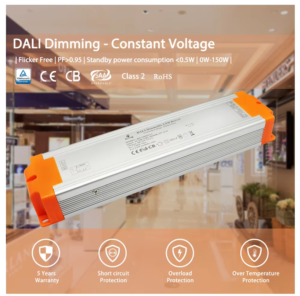Pendahuluan
In the competitive world of sports entertainment, stadium lighting plays a critical role. Not only does it illuminate the field, but it also influences how spectators and players experience the game. Traditional lights no longer meet the demands of dynamic sports events, and advanced lighting techniques like quick flashing and customizable effects have become essential. Quick flashing and dynamic effects enhance visibility, amplify the excitement, and improve the overall spectator experience.
Quick Answer
Quick flashing effects for stadium lights enhance the visibility of fast-moving objects, like players and balls, making it easier for fans to follow the action. LED lighting, with its energy efficiency and brightness, is ideal for creating these dynamic effects. With advanced lighting setups, stadiums can use flashing patterns and brightness levels to increase excitement and engagement during games and events.
Exploring How Dynamic Stadium Lighting Works
To understand why these lighting effects are so impactful, let’s delve into the technology and strategies that make them effective in sports settings.

What Technology Powers Stadium Lighting?
Modern stadium lighting relies heavily on LED (Light Emitting Diode) technology, which has largely replaced older systems like metal halide or incandescent lights. LEDs are chosen for their durability, brightness, and energy efficiency, enabling high-quality illumination with reduced energy consumption. Additionally, LED lights can be dimmed or flashed rapidly, making them ideal for dynamic effects and quick flashing. Non-isolated LED drivers, such as those offered by uPowerTek, are often used in stadiums for faster flashing rates, allowing for smooth adjustments to light intensity.
These LED systems also offer longer lifespans and minimal maintenance requirements, which is critical in stadium settings. Whether for professional sports venues or community arenas, LED technology offers flexible options to enhance lighting quality while keeping costs down.
How Does Quick Flashing Enhance Sports Viewing?
Quick flashing creates what is known as the stroboscopic effect, helping spectators visually track fast-moving objects like balls, players, or cars. This is particularly beneficial in high-paced sports like soccer, basketball, and racing. When stadium lights flash in sync with game events, they can build anticipation and excitement. For instance, a quick flash after a goal or key play enhances the celebratory atmosphere, making the experience memorable for fans. Broadcasting also benefits as cameras can better capture moments under well-synced, high-speed lighting.

With quick flashing effects, lighting can also enhance storytelling during the event, signaling shifts in momentum or creating dramatic effects during introductions or player announcements. The stroboscopic capabilities of LED lighting allow operators to manage lighting at speeds that aren’t possible with traditional bulbs, enhancing both the game and the fan experience.
Why Are Stadium Lights So Bright?
High brightness is essential for stadiums to ensure uniform visibility across the field, reducing dark spots that can affect player performance and safety. Bright lights not only provide clear visibility for players but also create an even viewing experience for spectators. The brightness also ensures that television broadcasts have high clarity. LEDs excel here because they emit a clean, concentrated light that distributes evenly over large areas.

Maintaining a high brightness level throughout the stadium is critical to reducing eye strain for both players and fans. In addition, the uniform distribution of light contributes to consistent color rendering, which is essential for sports broadcasts. LEDs allow for targeted brightness, enabling more control over light placement and reducing wasted energy.
How Can Dynamic Lighting Create Daytime Effects?
Stadium lights aren’t just for night games; they’re also used during day games to create a vibrant, engaging atmosphere. Dynamic lighting effects can simulate daylight or highlight specific game moments, adding drama and flair. Whether for creating spotlights on players or enhancing the experience during halftime shows, these lights amplify the overall event atmosphere, drawing the audience further into the excitement of the game.
By using synchronized lighting, stadium operators can create different “moods” throughout the game. For example, a warm, golden light might enhance a celebratory moment, while cooler tones can signal intense action. The ability to adapt lighting to various weather conditions and times of day allows for a consistently excellent viewing experience, regardless of the environment.
Control Systems for Stadium Lighting: DMX/RDM Protocols
For stadiums to create intricate lighting patterns, they rely on DMX and RDM control protocols. These systems enable lighting operators to manage brightness, color changes, and flashing effects remotely. With DMX and RDM, stadiums can coordinate light shows for pre-game events, synchronize lights with music, or even integrate lighting with special effects like fireworks. These protocols provide the flexibility needed for seamless and sophisticated lighting control, making stadiums come alive with precision-timed effects.

By integrating DMX/RDM control systems, stadiums can leverage synchronized lighting effects that match the rhythm of background music, cheerleader routines, or player introductions. Such versatility in control helps create an immersive experience that feels personalized to each event, captivating the audience and adding another layer to the entertainment.
DIY and Customization Options for Stadium Lighting
For smaller venues or those on a budget, there are options to achieve similar effects without a full-scale professional setup. Quick flashing apps and affordable LED products on platforms like Amazon offer entry-level solutions for those looking to customize smaller stadiums or sports facilities. While these solutions may not match professional-grade systems, they allow for creative and engaging lighting effects suited for local sports fields or community events.
Using portable LED lighting kits or quick-flash controls that sync with mobile devices can give local venues a taste of professional lighting effects. This is particularly valuable for smaller stadiums that may not need complex systems but want to enhance the experience for fans and participants. With basic DIY tools and customizable LED products, even smaller spaces can benefit from quick flashing and dynamic effects.
Ringkasan
Dynamic stadium lighting creates a captivating atmosphere that benefits players, spectators, and broadcasters alike. For stadium facility managers and lighting professionals, adopting quick flashing and customizable lighting options is a game-changer. Embracing these lighting innovations transforms ordinary stadium experiences into unforgettable events, adding value to every game and fostering a deeper connection with fans.






